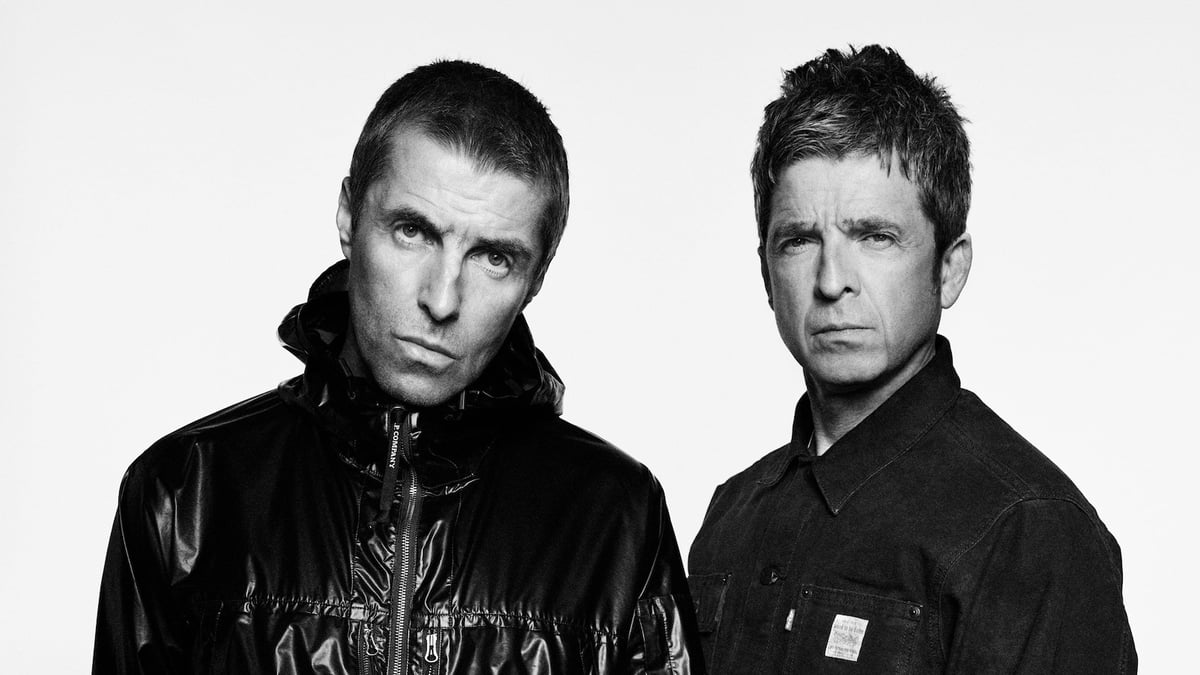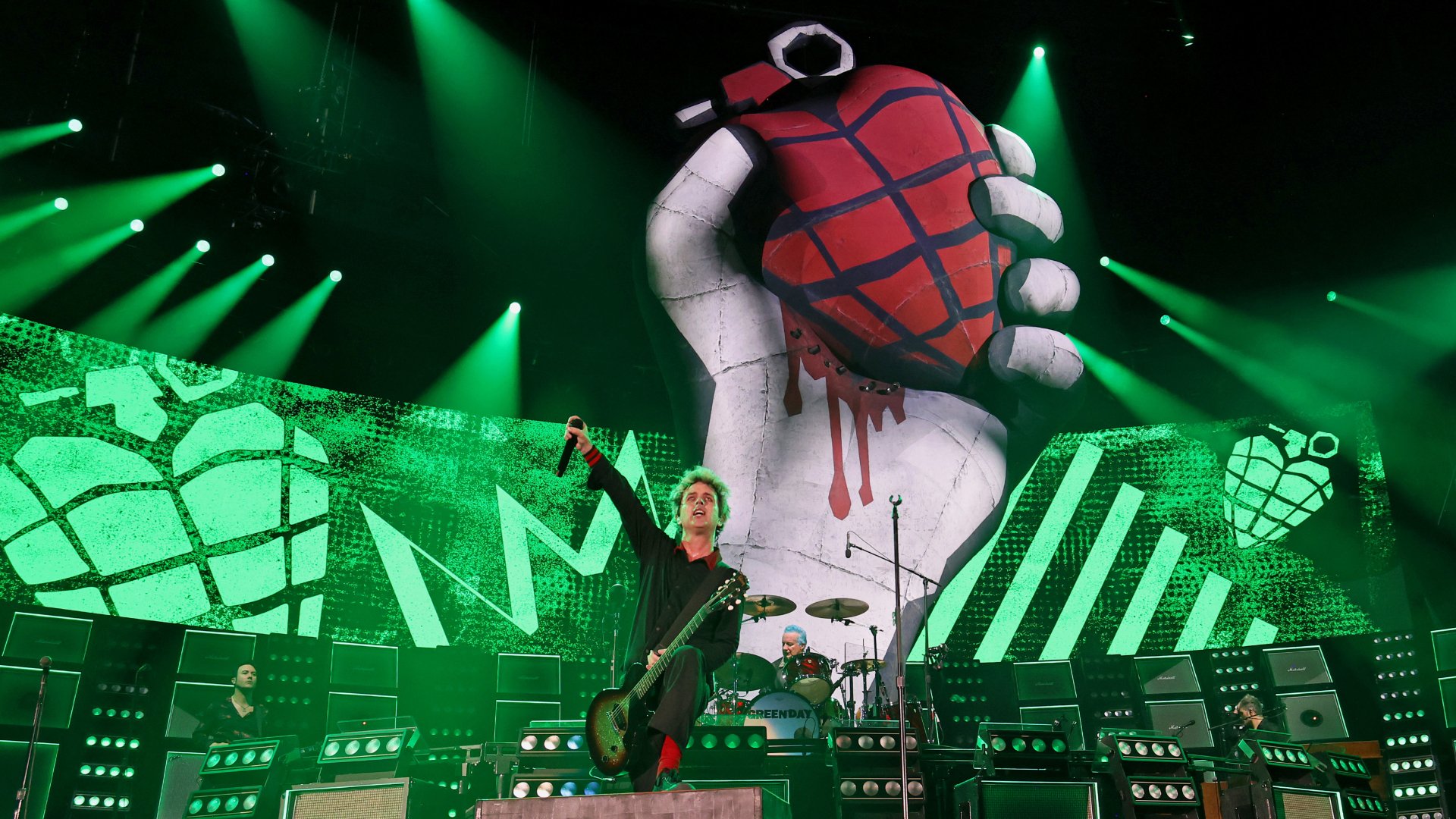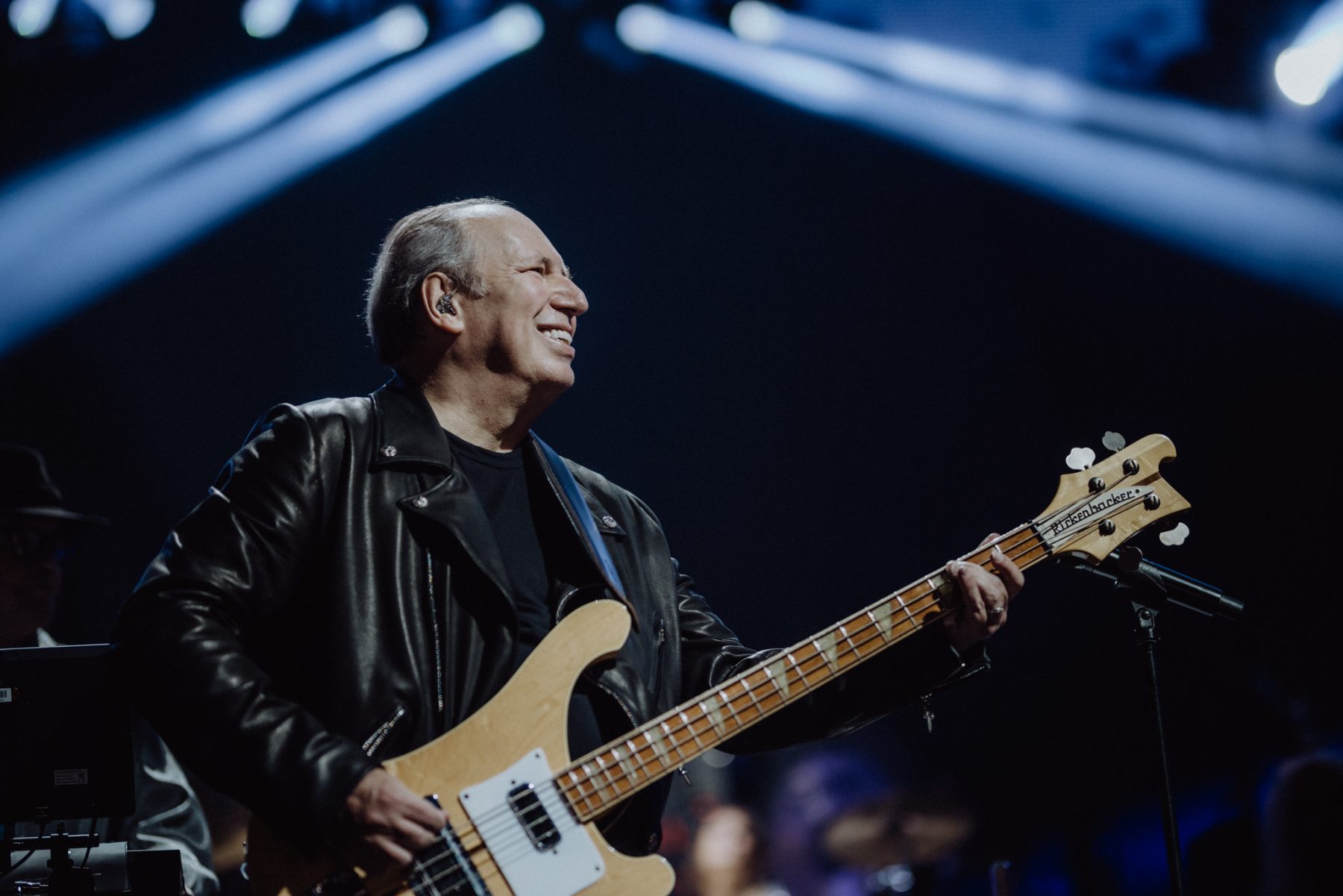Green Day recently announced they’ll be touring Australia for the first time since May 2017.
On paper, it’s a pretty hard-to-miss show: the punk rockers plan to play both Dookie and American Idiot in full, celebrating the 30th and 20th anniversaries of each album. But when it comes to actually buying a ticket, well… that’s a totally different story.
Concert-goers have been hit with the modern scourge of dynamic pricing, which has seen the cost of admission jump up by hundreds; and effectively ratified presale prices ranging from $400 to $500 as the norm.
This new pricing scheme, while not widely implemented in Australia, has seen plenty of use in the United States with major acts like Drake, Paul McCartney, and The Weeknd adopting it for their respective tours.
As the current cost of living crisis continues to mount, Australians are already being forced to reckon with how they’re spending their money. By adding dynamic pricing into the mix, music fans either have no choice but to pay out the nose or sit out of attending altogether.
So why is the industry intent on keeping it around?
Dynamic Pricing Explained

Dynamic pricing is more or less surge pricing for concerts.
Think of it as trying to book an Uber during peak hours and getting hit with a huge markup compared to quieter parts of the day. The higher the demand, the more it’s going to cost you.
Launched in 2022 by Ticketmaster, dynamic pricing was originally pitched as a way for promoters to fight against ticket scalping. According to Ticketmaster, these In-Demand tickets “give fans fair and safe access to sought-after seats at market-driven prices.”
As revealed by a Ticketmaster spokesperson (via The Guardian), these prices aren’t set by the company, but rather by the artists and their teams; capping out at $500, as opposed to the unregulated (and exorbitant) sums demanded in the grey market, thereby shifting the value back to the artists. A lesser of two evils, if you will.
Some of you may recall this new pricing scheme recently affected tickets for Oasis’ long-awaited reunion. Live Nation, the parent company for Ticketmaster, received major blowback as tickets that were initially priced at £148 (around AU$290) were reportedly selling for an eye-watering £355 (AU$690).
On the one hand, it makes sense.
Artists deserve to be paid what they’re worth and this allows them to reap the benefits they wouldn’t usually receive from scalping. And make no mistake, the scalpers themselves aren’t doing fans any favours either. But this exaggerated sense of urgency and cost isn’t beneficial to the real fans who want to attend.
While dynamic pricing isn’t illegal, it certainly leaves a pretty sour taste in one’s mouth. Market-driven prices? These are tickets to see a band play ‘American Idiot,’ not traded commodities. You shouldn’t need to be Warren Buffett to secure a night out.
The Cost Of Stadium Concerts In 2024

Coughing up anywhere between $100 to $200 for a stadium show has been the norm in Australia for a while now. But how do the aforementioned Green Day prices stack up against other tours?
Pearl Jam, for example, is scheduled to play at Engie Stadium on November 21st and 23rd with tickets available via dynamic pricing.
At a glance, tickets will set you back between $225.57 and $296.94 a pop: these include general admission (standing) and nosebleed seats up in the Vincent Fairfax stand. That’s fairly on-point for a show of this calibre, if not on the slightly higher end of the spectrum for seated tickets.
For comparison, The Killers, who are playing nearby at Qudos Bank Arena, have seated tickets priced between a set $109.90 to $199.90, with general admission at $159.90.
Looking at the current price for Green Day tickets in Sydney, general admission is going for $196.77, while reserved seating tickets are around $258. Again, these prices aren’t too far from what you’d expect, albeit a bit more pricey. However, during the presale period that opened last week, we were in the $399.60 to $449.60 ballpark.
Looking at the map of available tickets for this show now, the vast majority of remaining seated tickets are reserved for disabled patrons — so if you didn’t snap up a ticket right away, or during that presale period, then you’re out of luck.
And as we know, the cost of a live gig doesn’t just end with the ticket.
There’s the merch table, where you’ll be paying $60 for a t-shirt. Add on a couple of $10 drinks, plus $15 for a cheeseburger that makes the microwavable ones from 7/11 look like fine dining… and that’s easily another $100 before you get to your seats.
That’s not even accounting for the cost of getting to and from the show, either. Can you enjoy a gig without making any of these purchases? Of course, but let’s be realistic here — at the very least you’re going to buy a $5 bottle of Mount Franklin.
It All Keeps Adding Up
It’s not like Australians aren’t buying tickets.
According to a report published in the The Sydney Morning Herald, 2023 was the biggest year for live music in Australia since 2018.
As for 2024, earlier this year, we saw multiple Fred Again… shows sell out as quickly as they appeared; Taylor Swift fever swept the nation (much like the rest of the world); while Billie Eilish’s upcoming Sydney shows have also sold out across the board.
In that same SMH article, however, it was reported that fans were paying up to 50% more for tickets than they were in 2022; with the average price rising from $69 to $90. On top of these increased prices, Australians are making more considered decisions when it comes to spending money on gigs.
In another article published earlier this year by the ABC, it was revealed that more and more Australians are waiting to buy their tickets closer to the actual event. Experts noted that with the current cost of living crisis, people want to be sure that they have the money to spend in the first place (or be 100% sure they’ll be able to attend).
Suffice it to say, it’s getting harder to validate these kinds of entertainment expenses, especially with younger Australians. Can you validate spending $100 or more on a ticket when you’re struggling to pay rent or groceries for the week?
For those who have the money to spend, it feels like they’re being taken advantage of. If you’ve been given the chance to see Oasis reunite or see Green Day play two classic albums in full, you don’t want to be the person who misses out. Either you pay those prices, no matter how outrageous they might be, or miss out and hope they tour again sooner rather than later.
Whatever the case, dynamic pricing certainly feels like a lose-lose situation.















